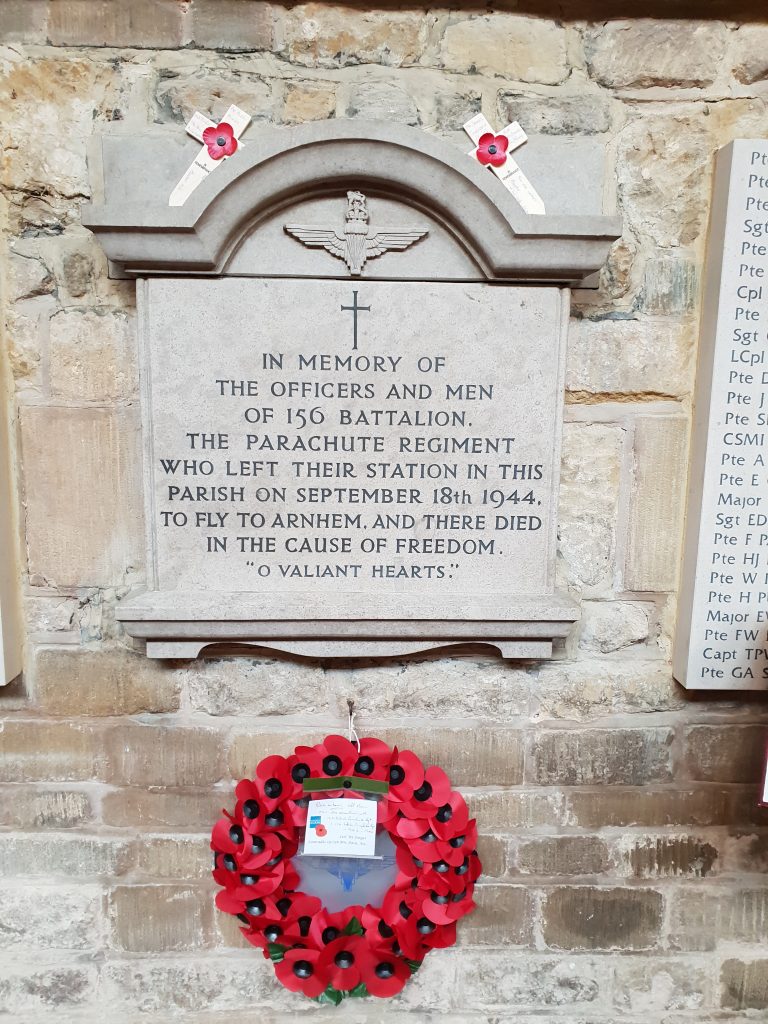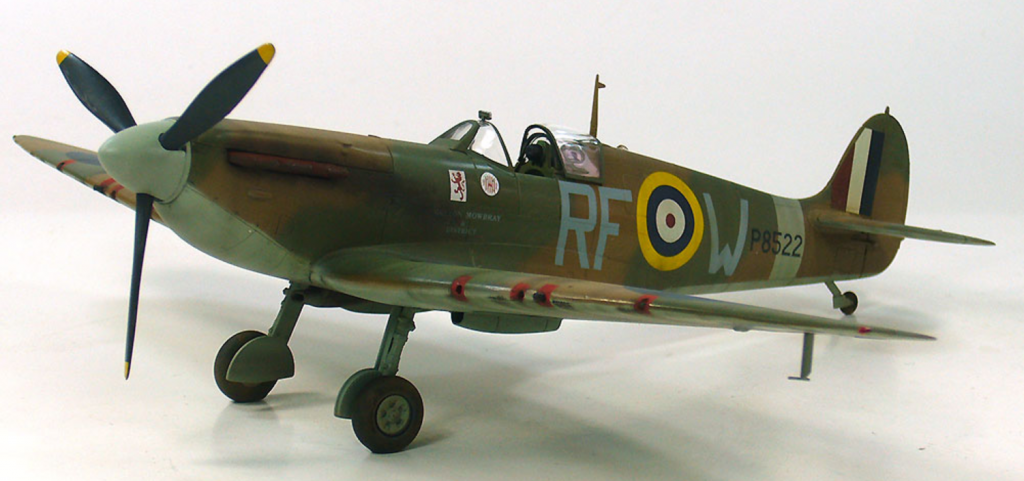About



The Melton Mowbray Military History Walking Tour will take you on a journey around the town centre looking at the town’s rich military history going back 100’s of years ranging from the Medieval Period and the Knights Templars right through to today.
In the Medieval period, the Lords of the Manor of Melton Mowbray accompanied the Knights Templar on the crusades to the Holy Land.
During the period of the English Civil War, there were several skirmishes and battles in the Melton area between 1643 – 1645 with Melton being a Roundhead garrison.
At the height of the hunting period in the late 1800’s numerous military officers made Melton their home during the hunting season.
One of Melton’s residents, Alfred Ernest Allen, fought alongside General Custer in the Battle of Little Bighorn during the Great Sioux War of 1876.
Following the Boer War, the army’s animal strength was increased to 25,000 and two additional depots were opened. No 3 Remount Depot opened in Melton Mowbray, caring for the Army’s horses and mules in 1903 and is still going strong today.
As well as the remount depot, there were two territorial units based in Melton which were called up during WW1, the 1/5th Leicestershire Regiment and C Sqn of the Leicestershire Yeomanry. The Melton volunteers also saw service during the 2nd Boer War/South Africa War.
Also during WW1, No 38 Squadron of the Royal Flying Corps set up their HQ in town and flew from several airfields in the area.
To support the wounded being evacuated from the Western Front, a VAD hospital catering for 50 beds was set up at Wicklow Lodge just up Burton Road. From when it received its first casualties in January 1915 to its closure in April 1919, 1484 sick and wounded soldiers were treated there with the majority arriving by train at the station just behind us from the 5th Northern General Hospital in Leicester.
Jumping forward to WW2, the Remount Depot continued to train horses but expanded with the arrival of the Cypriot Mule Company as well as Paratroopers from the 11th Battalion Parachute Regiment who were based at the camp from May 44 until their return from Arnhem when they were replaced with the 3rd Battalion Parachute Regiment.
In town itself, utilising various properties, the 156 Battalion Parachute Regiment were billeted from early 1944 until their disbandment following their return from Arnhem.
In 1943 a new airfield opened up between Melton and the village of Great Dalby to repair, overhaul, modify and deliver both single engine and multi engine aircraft overseas to the various theatres of operation, not only for the RAF but also the USAAF & French Air Force.
In the surrounding area, other airborne units were also based including the 10th Battalion Parachute Regiment who were billeted at Somerby, Burrough Hill and Thorpe Satchville.
The Friends of the Tenth is a registered charity that is committed to perpetuating the memory and legacy of the brave men of the 10th Battalion, the Parachute Regiment so that their part in history shall never be forgotten. They have produced an excellent guided trail around the sites of Somerby, Burrough Hill and Thorpe Satchville plus other locations connected to the 10th. The trail guide can be purchased from their website via here: Friends of the Tenth Trail
AAF Station 520 Melton Mowbray based at based at Gaddesby Hall and Ashby Folville was home to American Black GI units from the Quartermaster Truck Battalion and Ordnance Depot Company. Prior to the Americans occupying these locations, they were home to personnel known as ‘The Shropshire Gunners’ from the British Army 6th Battalion Kings Shropshire Light Infantry when they were converting to the 181st Field Regiment Royal Artillery.
The Midland Woodworking Company factory in town took over the production of the Horsa glider nose section after it had been transferred from the Boulton & Paul factory in Norwich after being bombed by the German Luftwaffe twice within a week.
In town as well there was a warehouse run by the Royal Naval Stores Division and of course being based in Melton Mowbray it only stocked Melton cloth Navy Pea Jackets and Pork Pie hats!
After the end of WW2, RAF Melton Mowbray closed and was handed over to the Polish resettlement Corps and 1,000’s of ex-Polish servicemen and their families settled in Melton.
Military working dogs have been trained in Melton since 1946 initially training just Army dogs at the Royal Army Veterinary Corps Remount Depot. In 1991, in line with defence reviews, RAF Police Dog Training School at RAF Newton closed and merged with the RAVC here at Melton, forming the Defence Animal Centre, now known as the Defence Animal Training Regiment.
In the 1950s, RAF Melton Mowbray re-opened at the height of the cold war and was home to No 254 (Strategic Missile) Sqn with 3 Thor nuclear missiles based on the airfield.
Duration
120 minutes (2 Hours)
Cost
£5 per head
For the full list of current tour dates, see the events page by clicking here.
Tour Meeting Point: Military Working Dogs memorials outside Melton Borough Council, Parkside, Station Approach.
For full Terms & Conditions, please click here.
To enquire about booking this tour, send a message using the email address: email: meltonhistoryfare@gmail.com and I’ll get back to you as soon as I can.
